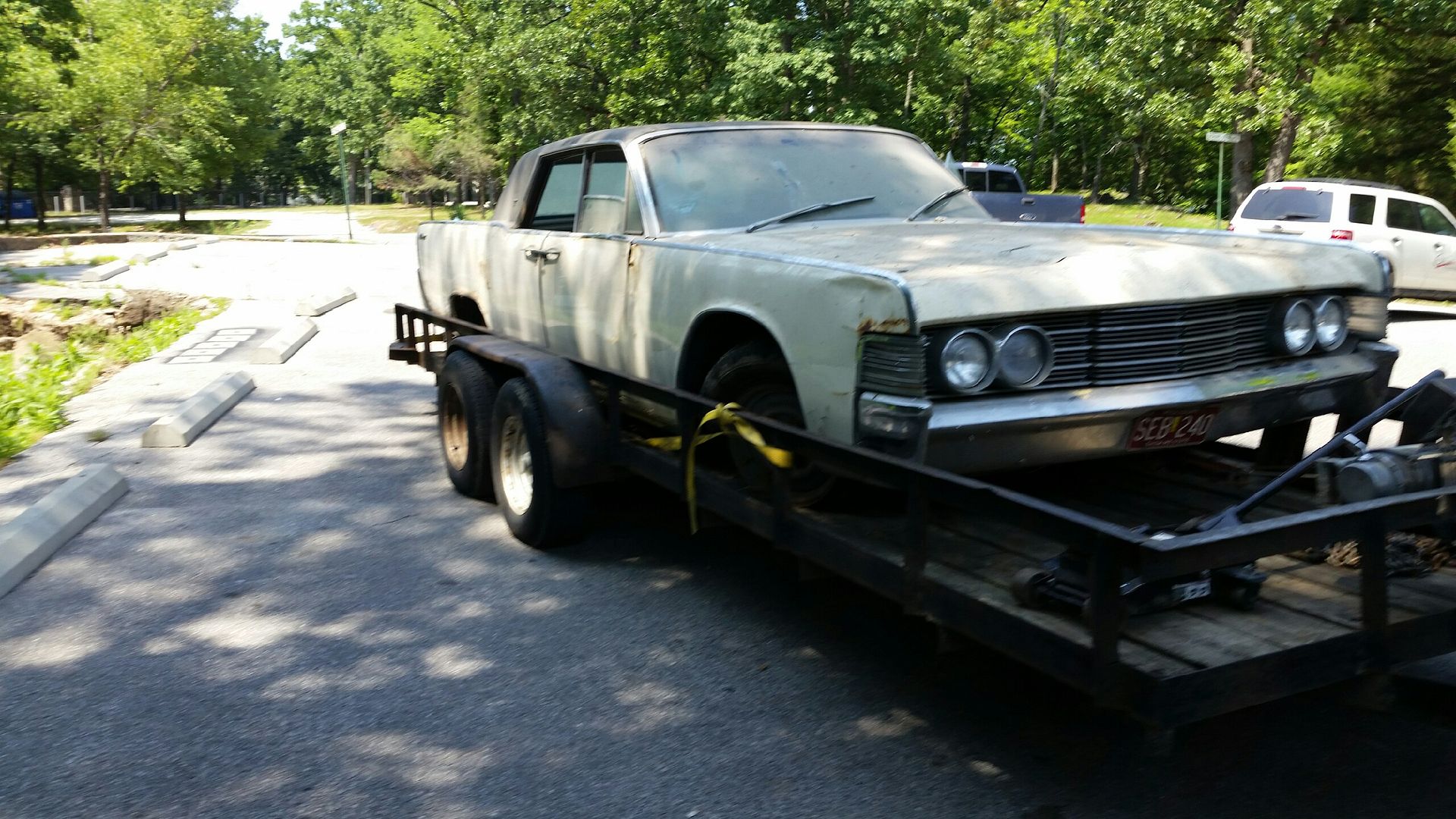I know it's a little off topic, but it's winch related:
I talked the wife into a 20ft featherlite bumper pull aluminum open trailer for my race car, and well,some project vehicles.
I pick it up and write the check next Tuesday. I got her on "what if we need to tow the suburban or one of our folks vehicles (LR4 and a Silverado pickup)... We would need the extra length and axle weight"... So 20 vs 18 ft it is.
So now I need a winch. I was looking at the HF special that so many people love....and so many people hate... I have a really hard time pulling the trigger on that.
The wife looked over the shoulder when I was looking at the 4-5k HF winches and she said "the Burban is 7k, those won't work. How about the 9k HF?"
I mentioned my hesitance with the HF winch and the wife started looking around.
The wife suggested the Superwinch s7500 SR..which I can find for about $600...
She likes it because it's marketed as a trailer winch. I like it because it's under $700...
Anybody have any feelings on this?
I talked the wife into a 20ft featherlite bumper pull aluminum open trailer for my race car, and well,some project vehicles.
I pick it up and write the check next Tuesday. I got her on "what if we need to tow the suburban or one of our folks vehicles (LR4 and a Silverado pickup)... We would need the extra length and axle weight"... So 20 vs 18 ft it is.
So now I need a winch. I was looking at the HF special that so many people love....and so many people hate... I have a really hard time pulling the trigger on that.
The wife looked over the shoulder when I was looking at the 4-5k HF winches and she said "the Burban is 7k, those won't work. How about the 9k HF?"
I mentioned my hesitance with the HF winch and the wife started looking around.
The wife suggested the Superwinch s7500 SR..which I can find for about $600...
She likes it because it's marketed as a trailer winch. I like it because it's under $700...
Anybody have any feelings on this?



